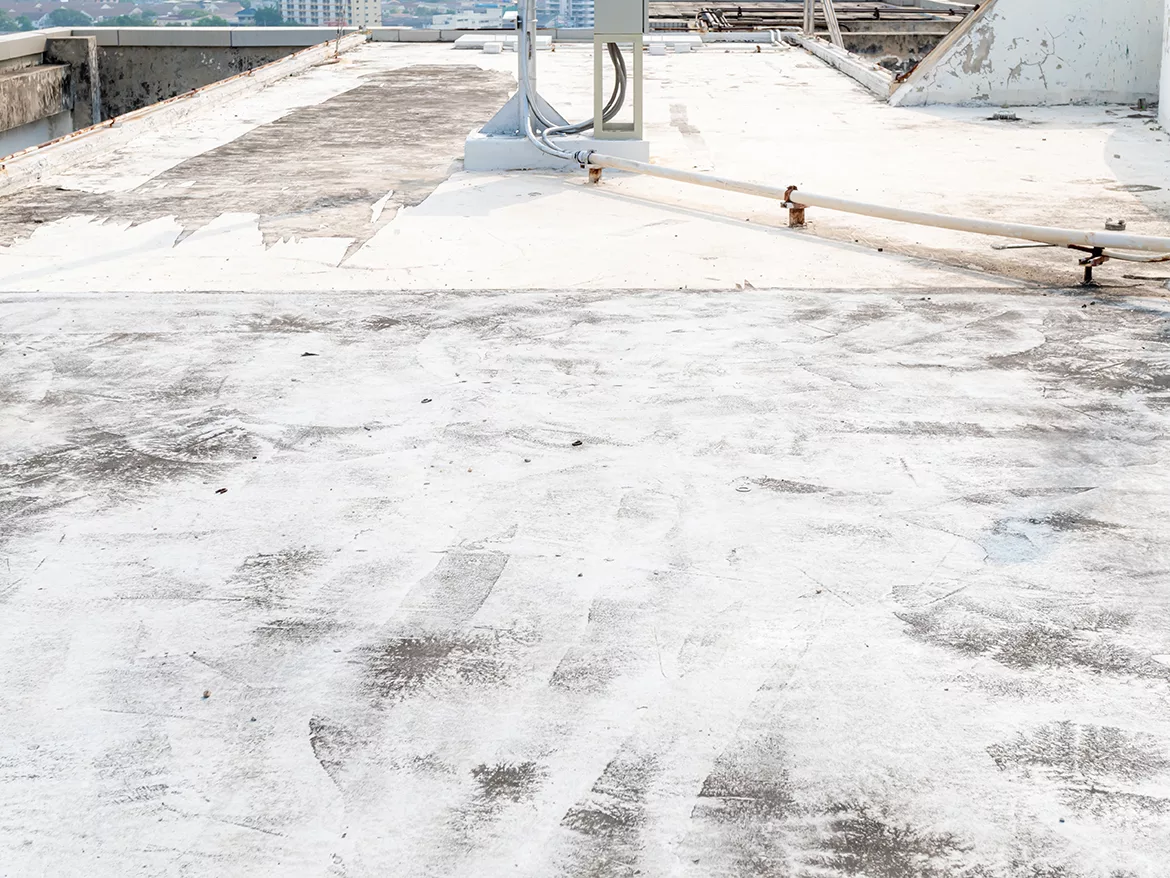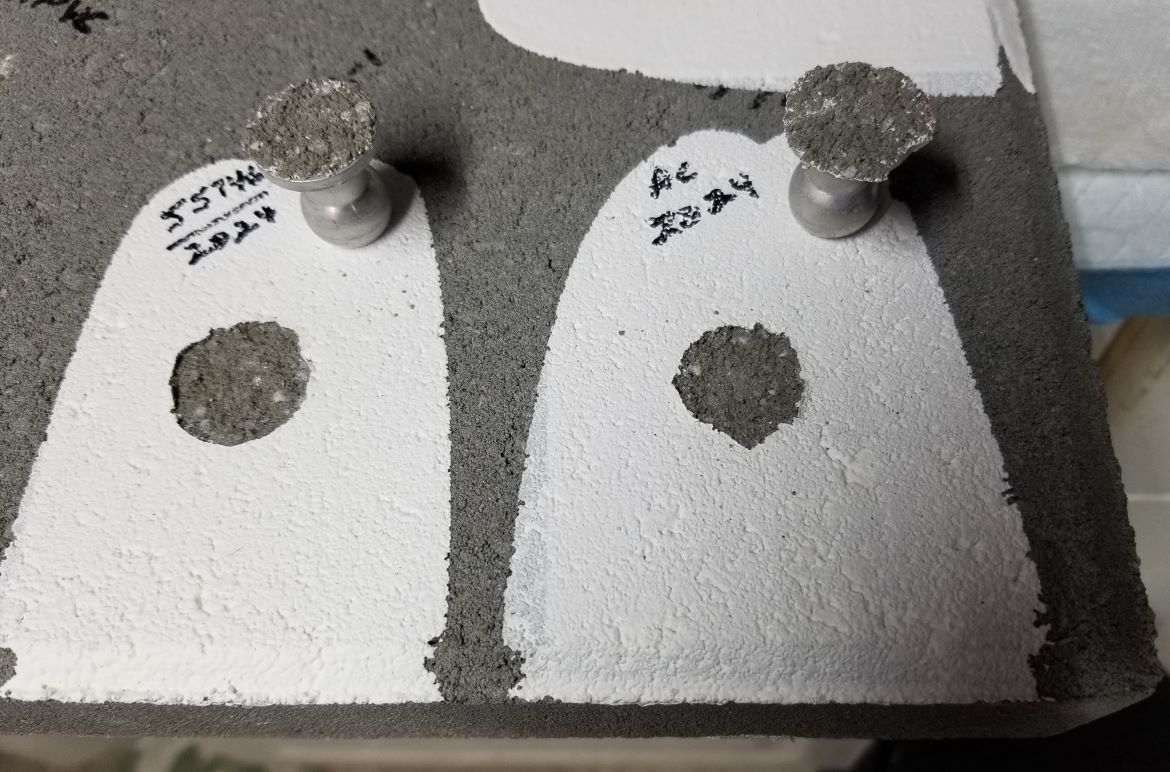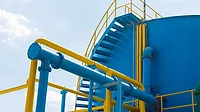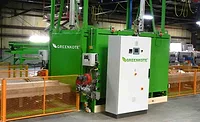Superior Adhesion: A Major Factor in Coating Performance

Primers are key to an effective coating system and good primers serve several important functions. First among those functions is strong adhesion. AmCoat regularly updates its coating products using rigorous tests designed to help improve the coating’s longevity which leads to higher customer satisfaction. To this end, Rhino Shield ceramic elastomeric coating system undergoes routine R&D to improve adhesion, thus improving durability and flexibility.
The person responsible for that testing is AmCoat’s Director of Products and Applications, Mike Moore. “There are three critically important tests we conduct,” said Moore, “a PSI pull test, the ASTM D903 peel test, both done in the lab, and the ASTM D3359 field test. These are all critical to the Rhino Shield coating system’s ongoing performance updates.”
But it doesn’t stop at ASTM testing. Test sections in the field help confirm adhesion to different substrates and lead to system improvements. “Test sections to ensure complete adhesion are necessary for any application, but especially for large projects or unusual substrates,” said Moore. “It’s always advisable to apply a test section in the field, and many times, the data we get back continues to help us improve.”
Testing is broken down by coating type and substrate and how coatings work as a system. “Primers are tested by themselves and as a system with a topcoat,” said Moore. “And for horizontal applications, wet and dry adhesion tests are important, for example, on commercial roofs and wood decks.”
 Image courtesy of AmCoat.
Image courtesy of AmCoat. On concrete or masonry surfaces, specifications get even more rigorous. “Our goal for concrete or masonry surfaces is to create a bond that is stronger than the internal strength of the concrete,” said Moore. “This means the concrete will be pulled apart before the coating releases. Adhesion is just one part of our testing, but is key to Rhino Shield’s long-term performance, which our customers love.”
Looking for a reprint of this article?
From high-res PDFs to custom plaques, order your copy today!







